Common Causes Of Ankle Pain
Ankle pain can be caused by many different injuries and conditions that affect the bones, tendons, and ligaments in the ankle. In addition to this, different types of arthritis also lead to ankle pain. Finding the source of the pain is the key to alleviating it and coming up with a long-term solution. While sprains are the most common source of injury and pain, other issues can arise as well. Anyone experiencing ankle issues will have discomfort and pain in their ankles, feet, and lower legs. The good news is there is usually a way to alleviate the pain! Of course, the cause must be determined first.
Plantar Fasciitis
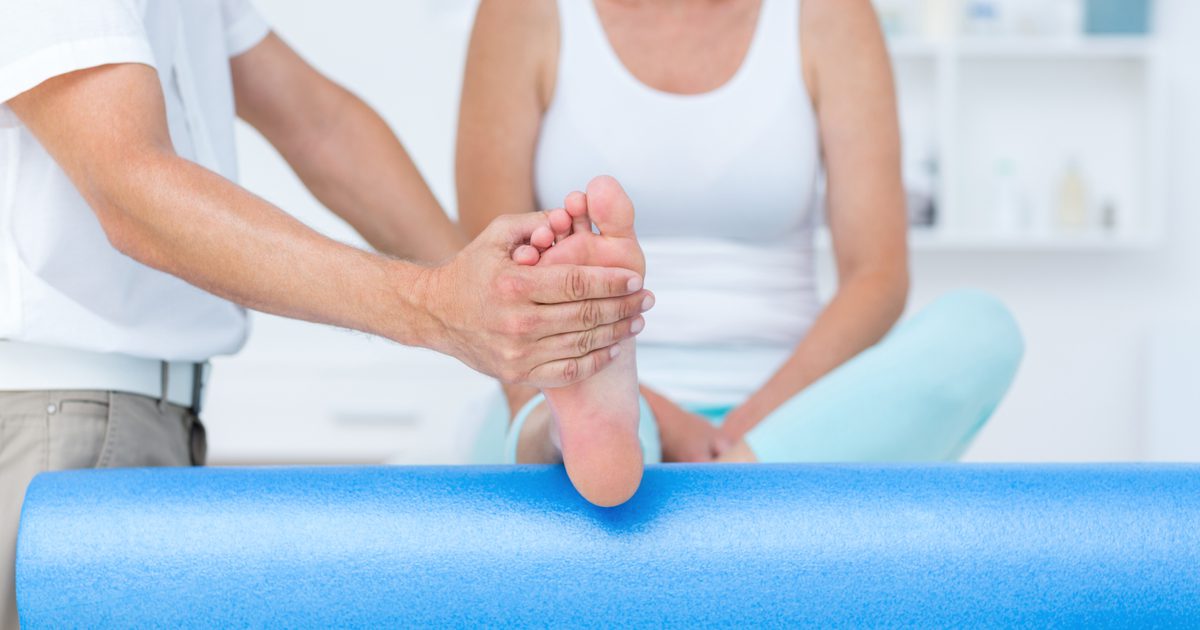
Plantar fasciitis is a prevalent cause of heel and ankle pain. The condition is a result of inflammation in the tissue band connecting the toes to the heel bone, which usually causes shooting pains in the heels and ankles, primarily first thing in the morning. Movement helps alleviate the pain in most cases. Patients may notice returning or worsening pain after sitting or standing for long periods. When the foot is resting, it allows inflammation to build up in the tissue band, which leads to the pain felt when walking. Plantar fasciitis pain gets better during exercise in many cases, but the pain will be worse afterward.
Sprained Ankle
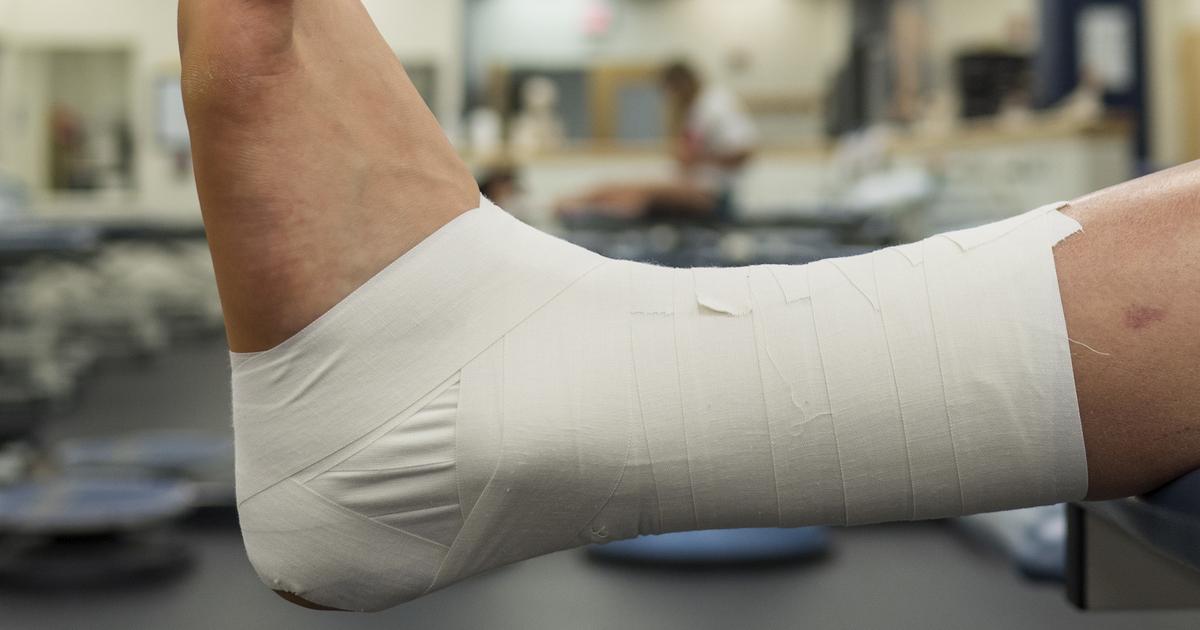
A sprained ankle is the result of the ligaments in the joints getting overstretched or torn due to physical activity or injury. Most individuals experience what is known as a lateral sprain, which involves the foot rolling in a way that causes the outside of the ankle to roll toward the ground, stretching or tearing ligaments in the ankle. Usually, the condition is alleviated by immobilizing and resting the foot and taking over-the-counter pain medications and anti-inflammatories. Most sprains stop bruising and swelling after two weeks, but it could take months for the injury to fully heal depending on how severe it is. A sprain, even once healed, will cause the affected ankle to be weaker and less stable in many cases.
Bursitis
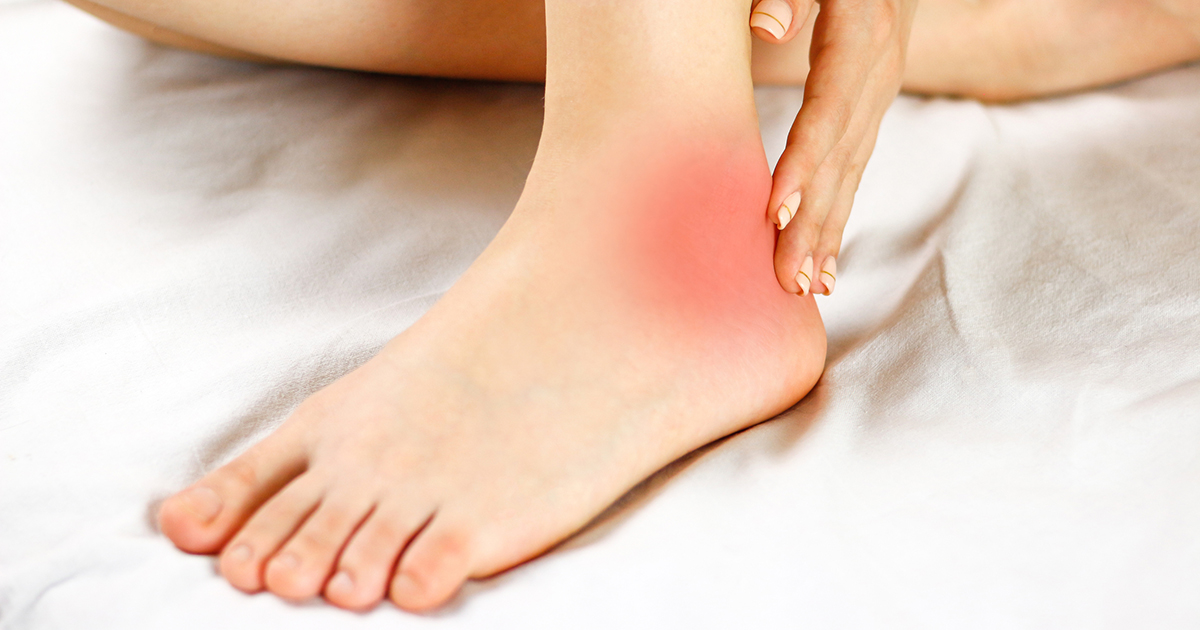
Bursitis results from inflammation of the bursae sacs that cushion the bones, muscles, and tendons in and around the joints. Bursitis typically affects the shoulders, hips, and elbows, but can also be found in the big toe, knees, and heels. It is also more common to find this condition near joints that experience repetitive motion injuries or perform the same motions on a regular basis. Bursitis of the heel can lead to extreme ankle pain, including stiffness and aching, swelling, redness, and increased pain with use. This condition can be treated and managed, but patients with this condition often see regular flare-ups over time even with treatment in many cases. The cause of this condition is generally related to repetitive motion, injury or trauma, infection, or certain types of arthritis.
Types Of Arthritis

Arthritis is a degenerative condition that results in the wearing down of bones, tendons, and ligaments in the joint. There are many types of arthritis, with some having a more severe impact on ankle pain than others. Psoriatic arthritis is a common condition that results in joint pain along with dry skin patches around the joints, and can cause severe discomfort.
Rheumatoid arthritis, an inflammatory joint disease, is another reason individuals may experience ankle discomfort and pain. These conditions are all slightly different, but treatment options are readily available. With arthritis conditions, including gout, osteoarthritis, reactive arthritis, septic arthritis, and the others mentioned above, the goal is to alleviate the pain and inflammation with medication and physical therapy. Surgery may be required in advanced cases.
Achilles Tendinitis
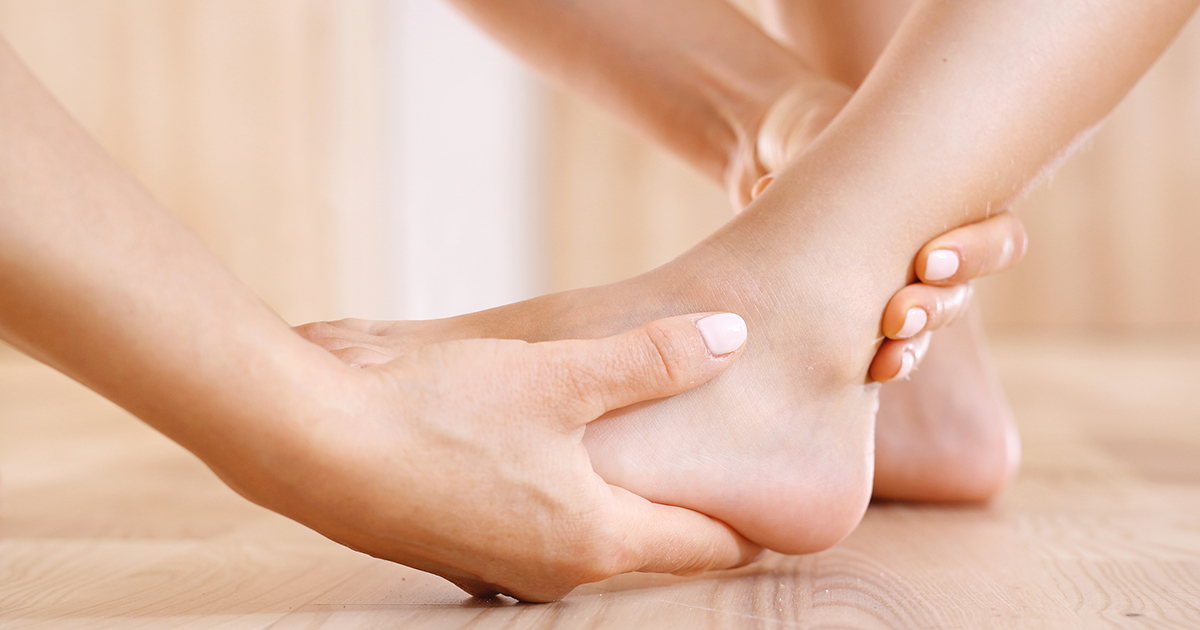
Ankle pain may also be caused by Achilles tendinitis, or inflammation of the Achilles tendon. This is an injury that results from overuse of the tendon connecting the heel bone to the calf muscles. This is a common condition for runners and individuals who play sports involving a lot of strenuous leg movements, such as basketball. Pain generally starts mildly, in the back of the leg or near the ankle. This pain can increase as a result of running or exercise, and is usually worse in the morning due to stiffness of the tendon. Many cases are treated with rest and physical therapy, as well as medications to relieve pain and inflammation. Cases left untreated, or that involve more serious strains, can result in ruptures of the tendon that may require surgery.
Broken Foot Or Ankle
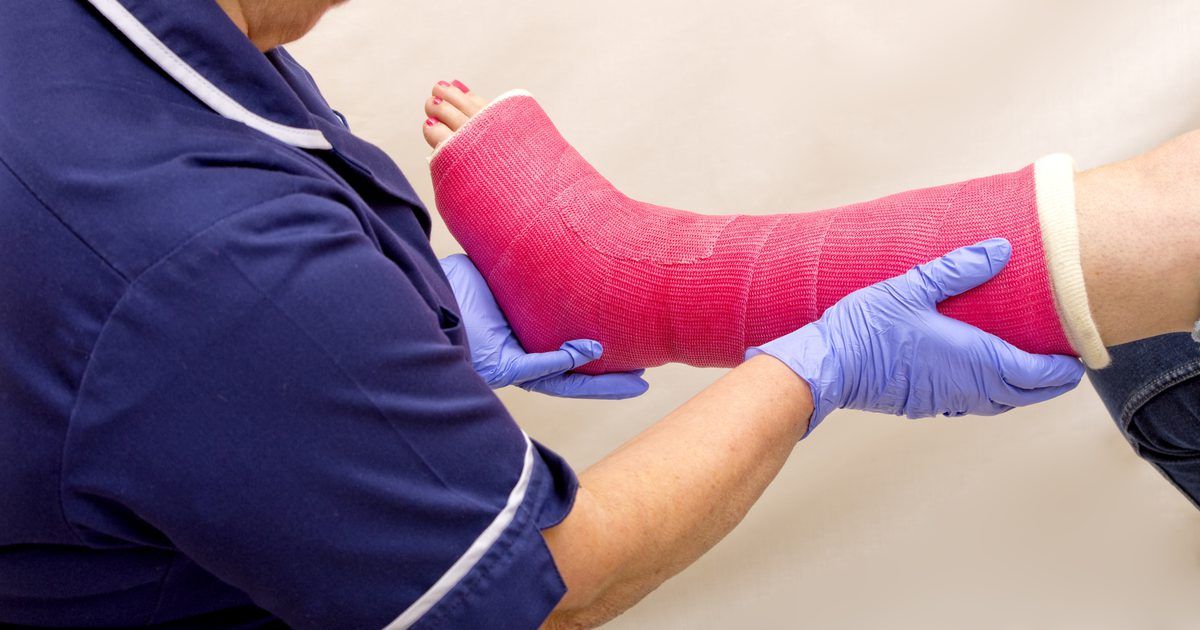
A broken foot or ankle will usually cause ankle pain. There are many bones in the foot, and when one is broken or fractured, this can lead to shooting pain throughout the foot and ankle. This pain may increase when weight is put on the foot. There are also a few bones in the ankle that connect the feet to the calves. In some cases, when the weight-supporting bones are broken or fractured, individuals won't be able to put weight on their ankle at all. However, some ankle fractures will still allow individuals to walk. The pain will be worse as they walk, though, and they'll generally need a cast or brace. For the ankle to heal properly, individuals will need to spend some time with their weight off their leg as much as possible.
Tarsal Tunnel Syndrome
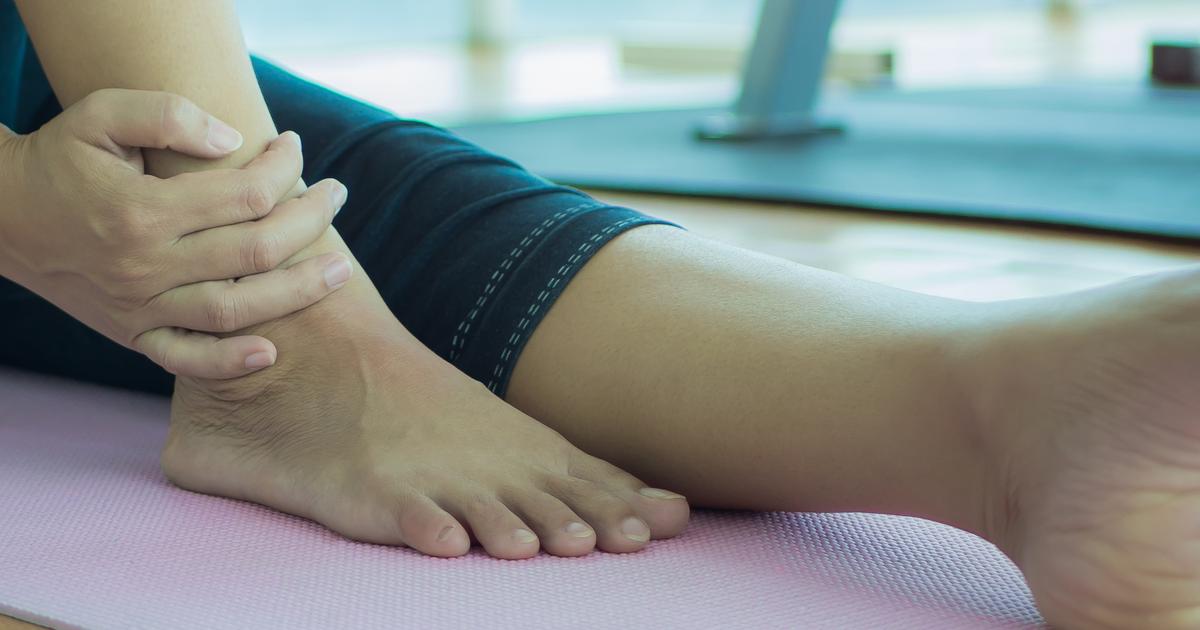
The tarsal tunnel is located inside the ankle, beside the ankle bones. It's a narrow space covered by one ligament that maintains and protects the structures inside. Inside the tarsal tunnel are nerves, tendons, arteries, and veins. When there is squeezing or compression on the posterior tibial nerve, which is found in the tarsal tunnel, this leads to tarsal tunnel syndrome. The syndrome can be caused by any conditions that cause compression to the nerve. These include swelling, flat feet, injuries, and systemic diseases like diabetes. Tarsal tunnel syndrome typically comes with numbness, shooting pain, tingling, or a sensation like an electric shock.
Tenosynovitis

Tenosynovitis is also called tendon sheath inflammation. The tendon is a fibrous tissue responsible for connecting bones to muscles. Tendons are necessary for helping individuals with actions like lifting, grasping, jumping, and running. They allow control over an individual's muscle and skeletal movements. The tendons are covered with a protective sheath called the synovium, and inside the sheath is synovial fluid, a type of fluid that allows for tendon lubrication.
When the tendon becomes injured, the sheath may malfunction. If the sheath doesn't make enough fluid or fails to make fluid at all, it will cause swelling and inflammation. Such a condition is known as tenosynovitis. Tenosynovitis is most likely to occur in individuals who perform repetitive motions with their feet or hands. When it occurs in the ankles, it leads to ankle pain.
Flat Foot
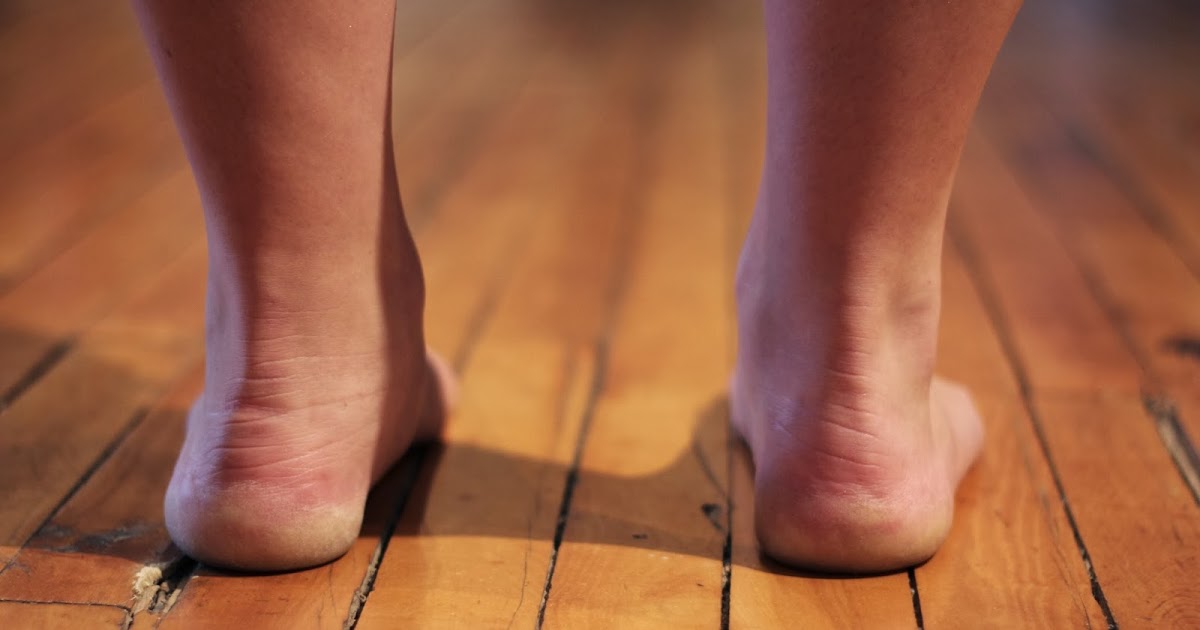
Flat foot occurs when the sole of an individual's foot is flat, meaning the arch doesn't leave the ground. Flat feet don't always cause medical issues or pain, but they can predispose affected individuals to different conditions. Some individuals are born with flat feet, while others acquire them in adulthood. Adult-acquired flat foot occurs when the posterior tibial tendon becomes torn, overstretched, or inflamed. This can cause one or both feet to become flattened. The posterior tibial tendon is responsible for keeping an individual's feet aligned normally and their arches shaped correctly. Women are about four times more likely to acquire flat foot as adults than men. The inflammation or tearing of this tendon is what leads to ankle pain.
